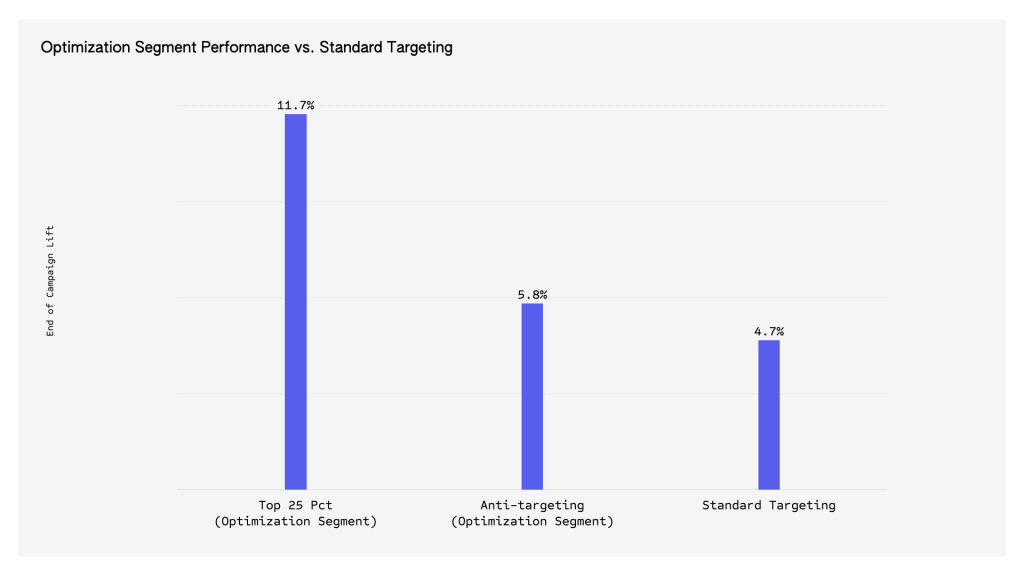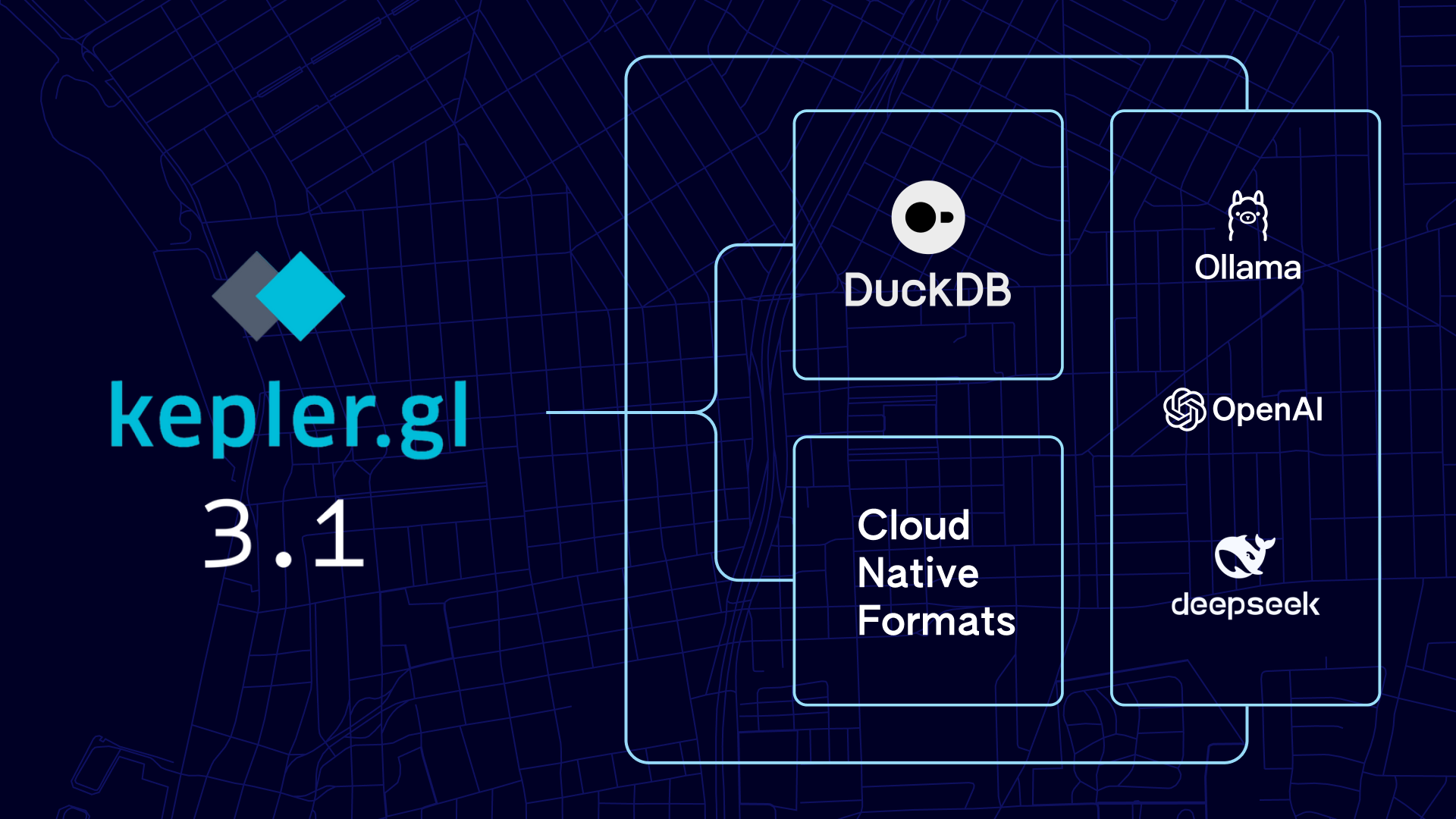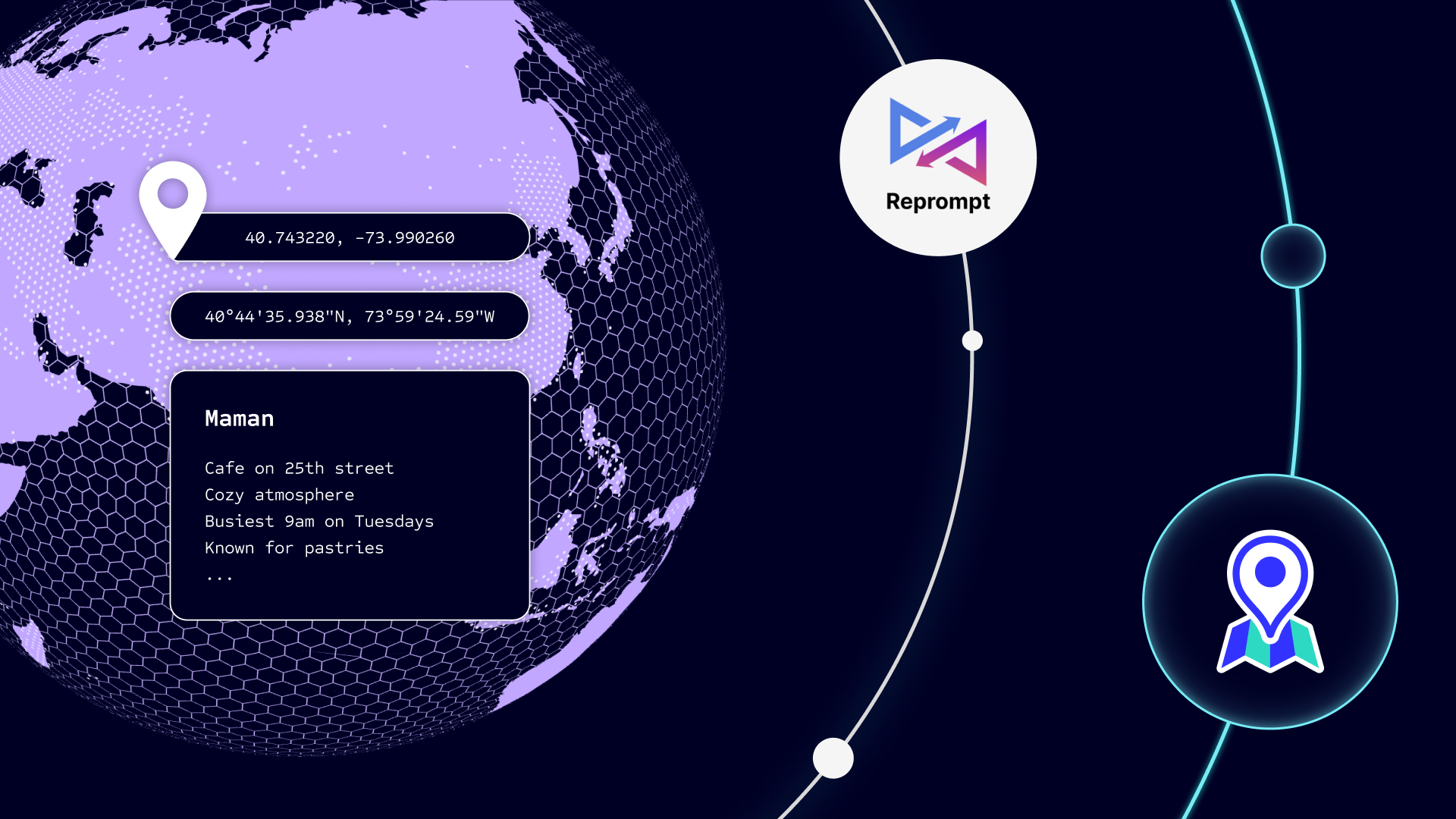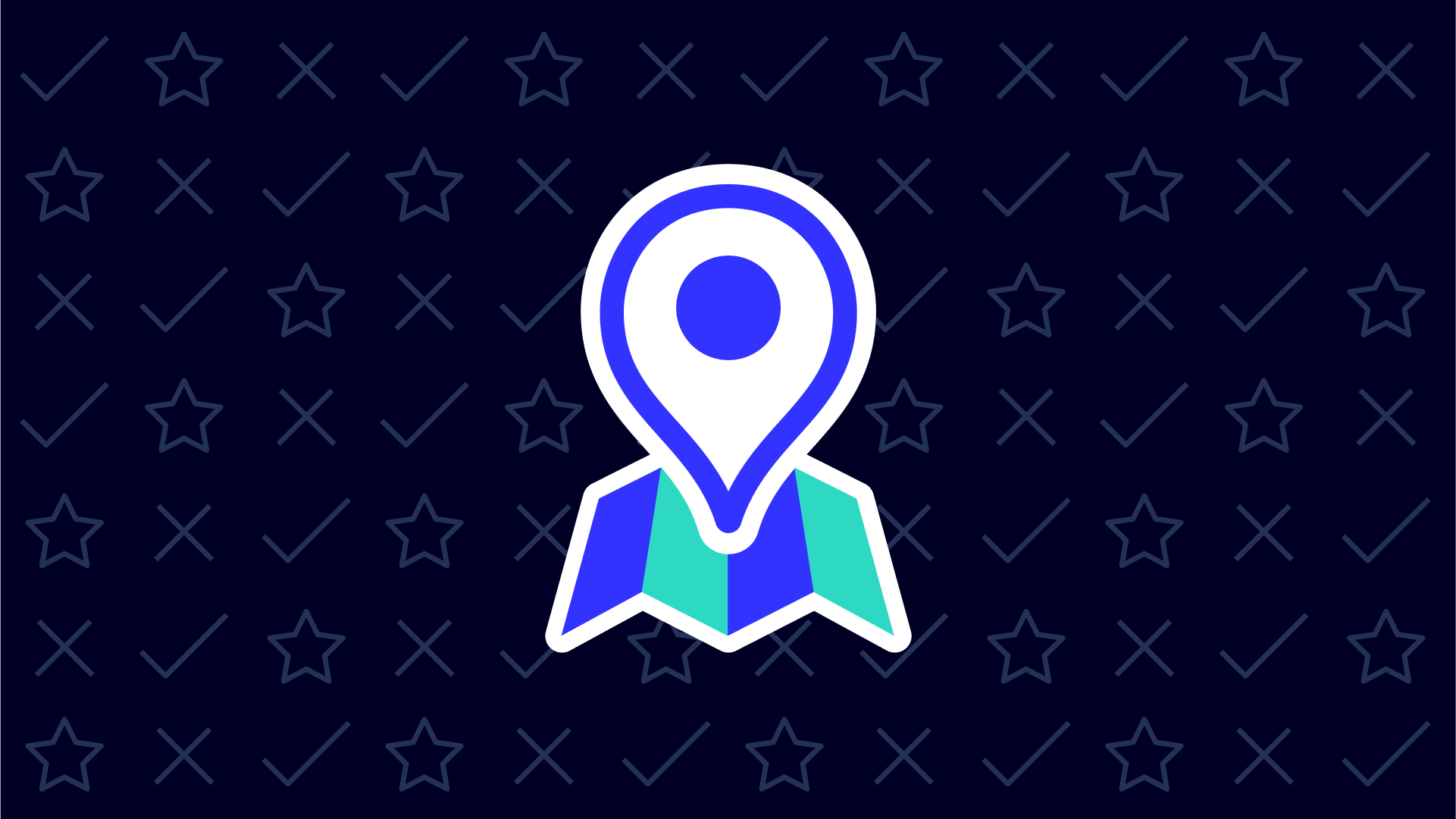Ever wonder whether an advertisement is reaching the people most likely to respond to your brand’s message? It’s a challenge that has plagued marketers since the dawn of advertising – and rightfully so, because advertising is expensive. But now, with the help of machine learning and data analytics, brands may be able to more accurately target the audiences who are the most likely to visit a location after seeing an ad.
Foursquare recently partnered with a leading quick-service restaurant (QSR) to beta test Optimization Segments, a custom targeting model used to drive incremental visits by determining how likely a person is to visit a chain or location as a result of viewing an advertisement.
What are Optimization Segments?
Using machine learning fueled by our first and third party data panel, Optimization Segments leverages a model that finds the types of people most likely to drive or detract from incremental lift. Armed with such insights, advertisers can create segments and strategies for targeting and/or anti-targeting that can improve lift performance in the back half of a campaign.
How does it work?
We trained a model with users’ past visit behavior to a wide variety of chains and categories. The model leveraged results from the first half of the QSR’s ad campaign and learned the behavioral profiles of users most likely to visit a restaurant location after viewing the ad. With this context, we custom-made an Optimization Segment for that specific QSR’s ad campaign by isolating the top 25th percentile of users most likely to drive incremental lift. We evaluated performance by measuring second half and end-of-campaign lift against exposed users in these Optimization Segments. From the same model, we were also able to build an anti-targeting segment of users mostly likely to detract from lift. This is especially valuable for advertisers looking to broaden reach while excluding users least likely to make a visit after viewing an ad.

The results:
Through our Optimization Segments methodology, we were able to recommend strategies that allow the QSR to reach users who share similar affinities with those who visited a QSR location after viewing an ad (ex. users frequenting malls and retail outlet stores), as well as avoid audiences who detract from visit lift. All targeting and anti-targeting Optimization Segments that we tested led to higher lift at the end of the campaign compared to the standard targeting criteria of the campaign. Our best performing segment yielded lift that was 7 percentage points higher than what was achieved with the client’s standard targeting and optimizations.
The takeaway:
Targeting the audience that’s most likely to be interested in your brand’s message is the key to driving more incremental life from your advertising campaign. By using data, machine learning, and a two-pronged strategy (the most-likelies and the anti-targets) to whittle down your target audience, brands can get more out of their advertising.
Interested in participating in optimization segments beta testing? Get in touch, and mark “Attribution” as your area of interest.



